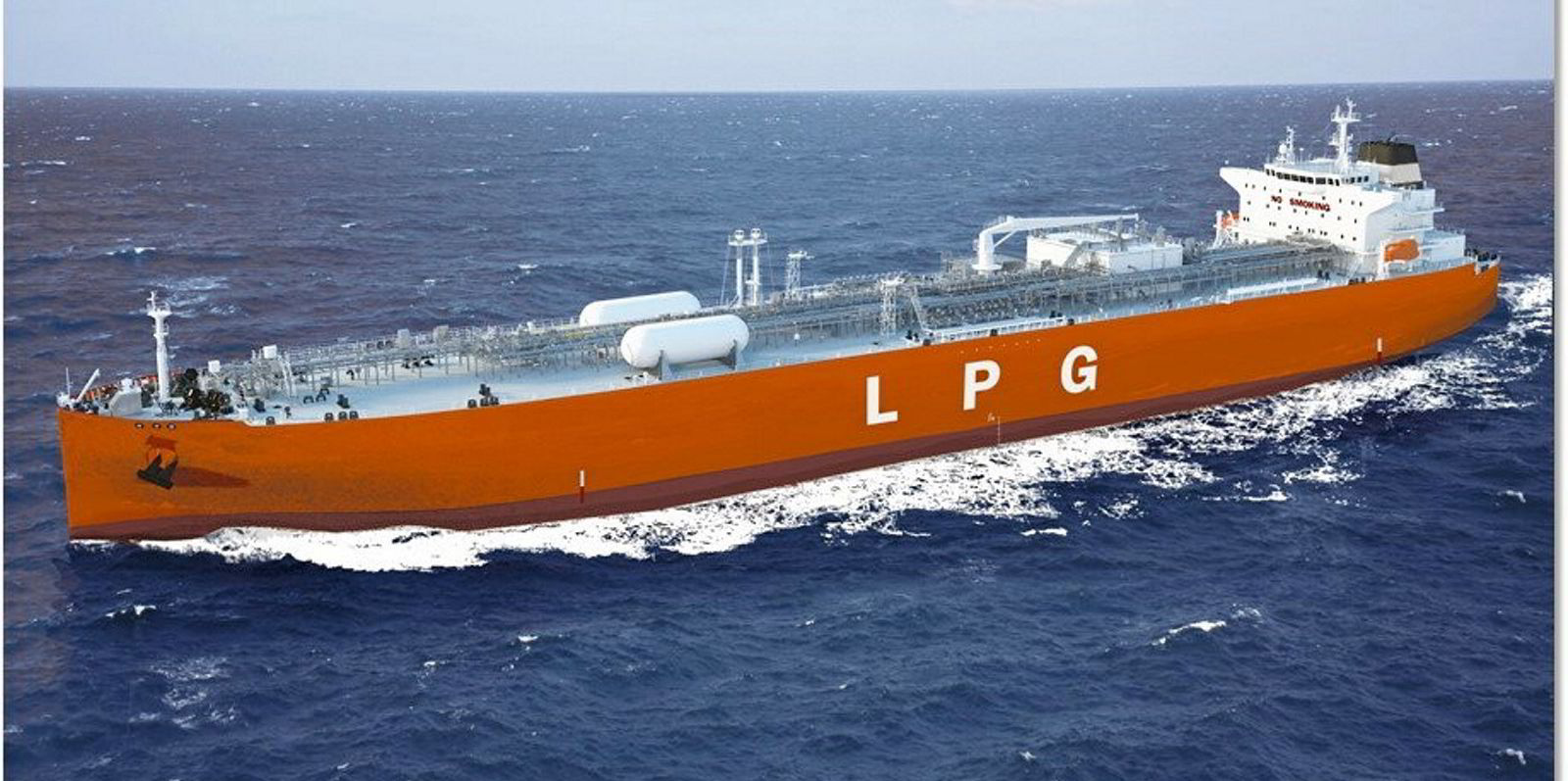Healthy VLGC earnings are coming under pressure as the lack of price differentials between East and West forces owners to change their rate ideas.
Norwegian investment bank Fearnley Securities said rates had dropped $10,000 per day this week, both in the West and in Asia.
The Baltic Exchange VLGC index from the Middle East to Asia stood at $63.90 per tonne or $39,450 per day on Thursday, down 9% from the day before and 28% month-on-month.
Gas carriers heading from Houston to Japan were faring better at $44,150 per day, but still down 8% from Wednesday and 19% from the same point in December.
"The US being closed on Monday saw the market off to a slow start and continued challenging product differentials have made it impossible to entertain freight at current levels," said Fearnleys analysts Peder Nicolai Jarlsby, Erik Gabriel Hovi and Ulrik Mannhart.
The balance of owner-controlled tonnage remains largely unchanged in the US Gulf for February, they added.
Relets now appearing
But there are now some charterer relet ships appearing, which together with a lack of arbitrage opportunities is likely to push the market further down near-term, Fearnleys believes.
Clarksons Platou Securities said it had been "a rough week" for rates.
The forward freight agreement (FFA) curve has also seen a significant decline, although it managed to strengthen somewhat on Thursday, with February contracts now trading at about $30,000 per day on average, the company added.
At the start of this week, Clarksons Platou had described earnings as still "relatively strong" at $48,500 per day on average.
“Reasonable” tonnage lists in Asia and fresh cargoes, combined with an open arbitrage in the West, had supported rates.
However, a larger-than-expected draw on US propane inventories pushed up propane export prices and put further inquiries on ice, according to the gas desk.
Cleaves Securities said the previous week had ended with firm activity from the Middle East and continued delays for discharges in Asia.
At that point, there was a widening price differential between the US and Far East, supporting cargoes from the US Gulf, the Norwegian investment bank noted.





